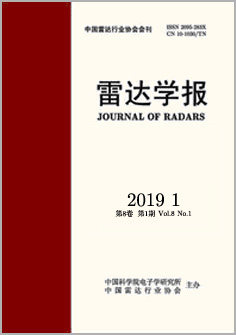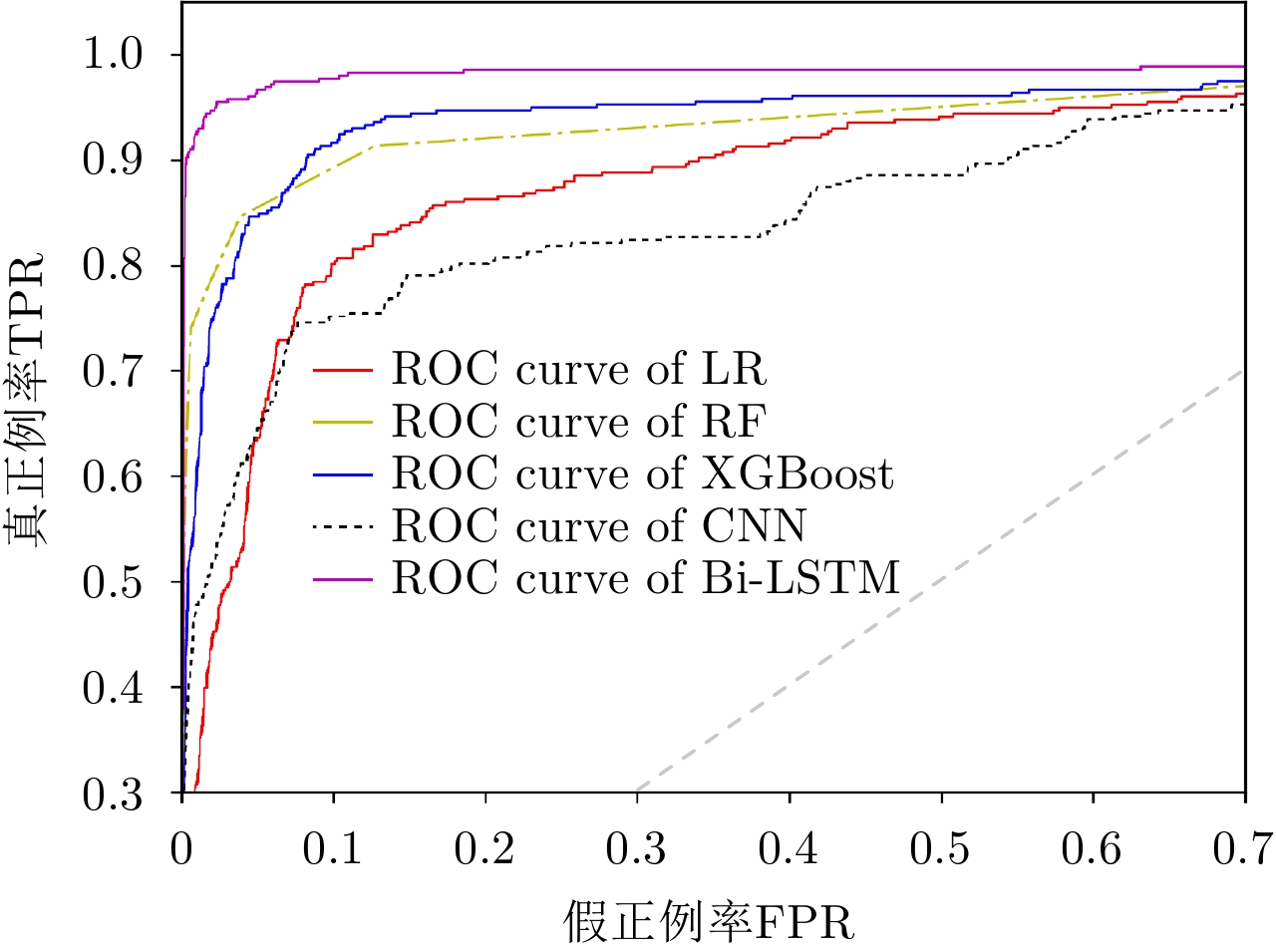| [1] |
LEE J G, HAN J W, and WHANG K Y. Trajectory clustering: A partition-and-group framework[C]. Proceedings of the 2007 ACM SIGMOD International Conference on Management of Data, Beijing, China, 2007: 593–604.
|
| [2] |
李万春, 黄成峰. 基于角度和多普勒频率的外辐射源定位系统的接收器最优航迹分析[J]. 雷达学报, 2014, 3(6): 660–665. doi: 10.12000/JR14118LI Wan-chun and HUANG Cheng-feng. Optimal trajectory analysis for the receiver of passive location systems using direction of arrival and Doppler measurements[J]. Journal of Radars, 2014, 3(6): 660–665. doi: 10.12000/JR14118 |
| [3] |
齐林, 王海鹏, 刘瑜. 基于统计双门限的中断航迹配对关联算法[J]. 雷达学报, 2015, 4(3): 301–308. doi: 10.12000/JR14077QI Lin, WANG Hai-peng, and LIU Yu. Track segment association algorithm based on statistical binary thresholds[J]. Journal of Radars, 2015, 4(3): 301–308. doi: 10.12000/JR14077 |
| [4] |
ZHENG Y, LIU L K, WANG L H, et al. Learning transportation mode from raw GPS data for geographic applications on the web[C]. Proceedings of the 17th International Conference on World Wide Web, Beijing, China, 2008: 247–256. doi: 10.1145/1367497.1367532. |
| [5] |
BAO J, ZHENG Y, and MOKBEL M F. Location-based and preference-aware recommendation using sparse geo-social networking data[C]. Proceedings of the 20th International Conference on Advances in Geographic Information Systems, Redondo Beach, California, 2012: 199–208. doi: 10.1145/2424321.2424348. |
| [6] |
ZHANG D Q, LI N, ZHOU Z H, et al. iBAT: Detecting anomalous taxi trajectories from GPS traces[C]. Proceedings of the 13th International Conference on Ubiquitous Computing, Beijing, China, 2011: 99–108. doi: 10.1145/2030112.2030127. |
| [7] |
ZHENG Y and ZHOU X F. Computing with Spatial Trajectories[M]. New York: Springer Science & Business Media, 2011.
|
| [8] |
HAWKINS D M. Identification of Outliers[M]. Dordrecht: Springer, 1980.
|
| [9] |
HAN J W, KAMBER M, and PEI J. Data Mining: Concepts and Techniques[M]. Amsterdam: Elsevier, 2011.
|
| [10] |
ALVARES L O, OLIVEIRA G, and BOGORNY V. A framework for trajectory data preprocessing for data mining[C]. Proceedings of the 21st Interantional Conference on Software Engineering & Knowledge Engineering, SEKE, Boston, USA, 2009, 21: 698–702.
|
| [11] |
CHEN L, LV M Q, YE Q, et al. A personal route prediction system based on trajectory data mining[J]. Information Sciences, 2011, 181(7): 1264–1284. doi: 10.1016/j.ins.2010.11.035 |
| [12] |
ZHENG Y, XIE X, and MA W Y. Geolife: A collaborative social networking service among user, location and trajectory[J]. IEEE Data Engineering Bulletin, 2010, 33(2): 32–39.
|
| [13] |
CHEN X J, CUI T T, FU J H, et al. Trend-residual dual modeling for detection of outliers in low-cost GPS trajectories[J]. Sensors, 2016, 16(12): 2036. doi: 10.3390/s16122036 |
| [14] |
胡晶. 基于AIS的船舶轨迹分析与应用系统的设计与实现[D]. [硕士论文], 华中师范大学, 2015.
HU Jing. Design and implementation of vessel trajectory analysis and application system based on AIS[D]. [Master dissertation], Central China Normal University, 2015.
|
| [15] |
WU Jian-hua, WU Chen, LIU Wen, et al. Automatic detection and restoration algorithm for trajectory anomalies of ship AIS[J]. Navigation of China, 2017, 40(1): 8–12, 101. doi: 10.3969/j.issn.1000-4653.2017.01.003 |
| [16] |
BESSA A, DE MESENTIER SILVA F, NOGUEIRA R F, et al. RioBusData: Outlier detection in bus routes of rio de janeiro[OL]. arXiv: 160106128, 2016.
|
| [17] |
FERNANDO T, DENMAN S, SRIDHARAN S, et al. Soft+ hardwired attention: An lstm framework for human trajectory prediction and abnormal event detection[OL]. arXiv: 1702.05552, 2017.
|
| [18] |
HOCHREITER S and SCHMIDHUBER J. Long short-term memory[J]. Neural Computation, 1997, 9(8): 1735–1780. doi: 10.1162/neco.1997.9.8.1735 |
| [19] |
GRAVES A and SCHMIDHUBER J. Framewise phoneme classification with bidirectional LSTM and other neural network architectures[J]. Neural Networks, 2005, 18(5/6): 602–610. doi: 10.1016/j.neunet.2005.06.042 |
| [20] |
SRIVASTAVA N, HINTON G, KRIZHEVSKY A, et al. Dropout: A simple way to prevent neural networks from overfitting[J]. Journal of Machine Learning Research, 2014, 15: 1929–1958.
|
| [21] |
BATISTA G E A P A, PRATI R C, and MONARD M C. A study of the behavior of several methods for balancing machine learning training data[J]. ACM SIGKDD Explorations Newsletter, 2004, 6(1): 20–29. doi: 10.1145/1007730.1007735 |
| [22] |
周志华. 机器学习[M]. 北京: 清华大学出版社, 2016.
ZHOU Zhi-hua. Machine Learning[M]. Beijing: Tsinghua University Press, 2016.
|
| [23] |
|
| [24] |
PEDREGOSA F, VAROQUAUX G, GRAMFORT A, et al. Scikit-learn: Machine learning in python[J]. Journal of Machine Learning Research, 2011, 12: 2825–2830.
|




 Submit Manuscript
Submit Manuscript Peer Review
Peer Review Editor Work
Editor Work





 DownLoad:
DownLoad:




